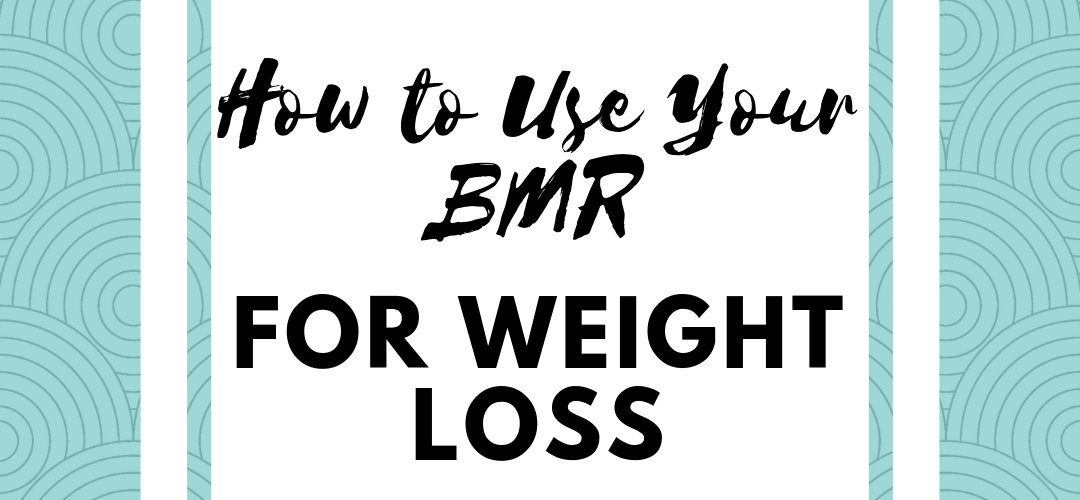How to Use Your BMR For Weight Loss

By: Jacqueline Wickens
BS Nutrition and Dietetics, Certified Powerlifting Coach
It’s no secret that eating too much can hinder our fitness and weight loss goals, but did you know that eating too little can stagnate your weight loss and even cause chronic health issues? It’s true! When we aren’t eating enough calories to fuel our daily lives and activities, our body slows down the metabolism to preserve energy for necessary bodily function. Crazy, right…?
It all starts with your BMR, or your Basal Metabolic Rate. This is the amount of calories your body needs to maintain bodily functions if you did nothing all day. The majority of us, however, don’t have the luxury of sitting on the couch all day and not moving (even though some days I wish I could…). That being said, we need additional calories on top of our BMR to successfully fuel our work days, workouts, and the other extra-curricular activities during the day.
Chronically under eating, especially below your BMR, can signal your body to store fat as fuel reserves to maintain the necessary functions for life. If you’ve ever heard of “starvation mode”, this is it. Your body is an amazing, smart machine and will recognize when it’s not getting enough fuel. This is what we call an UNHEALTHY caloric deficit. On top of more fat storage, long term undereating can also cause a decrease in bone mass, hormone function/production, and physical performance.
The idea of a HEALTHY caloric deficit is to find the right amount of calories for weight loss, without dipping too low or “starving” (nobody likes that feeling anyways). This type of deficit will keep your metabolism running efficiently and will help keep the weight off for good. A great rule of thumb to help find a healthy caloric deficit is to strive for 1-2 pounds of weight loss a week. Although we all want instant results, our bodies prefer consistent, slow weight loss so it can better adapt to the change.
In addition, a healthy caloric deficit can also be established with increased activity. For example, if you eat 2,000 calories a day and workout 3 days a week but your weight has stabilized, try increasing your activity by 1-2 hours a week and continuing to eat 2,000 calories. Remember, sometimes it’s not always about eating the least amount that we can possibly stand. Most times, it’s about making small decreases in caloric intake and small increases in physical activity that will lead to long term, sustainable weight loss.
If you feel like undereating may be causing a disturbance in your weight loss goals, I would recommend seeing a nutrition professional to help you find what caloric and activity levels are right for your goals. Nutrition is highly individual for everyone, that’s the beauty of its science!
Moral of the story, you shouldn’t starve yourself to reach your goals. Find a healthy balance of food and exercise, take care of your wonderful body, and be extremely consistent to see long-term success!
